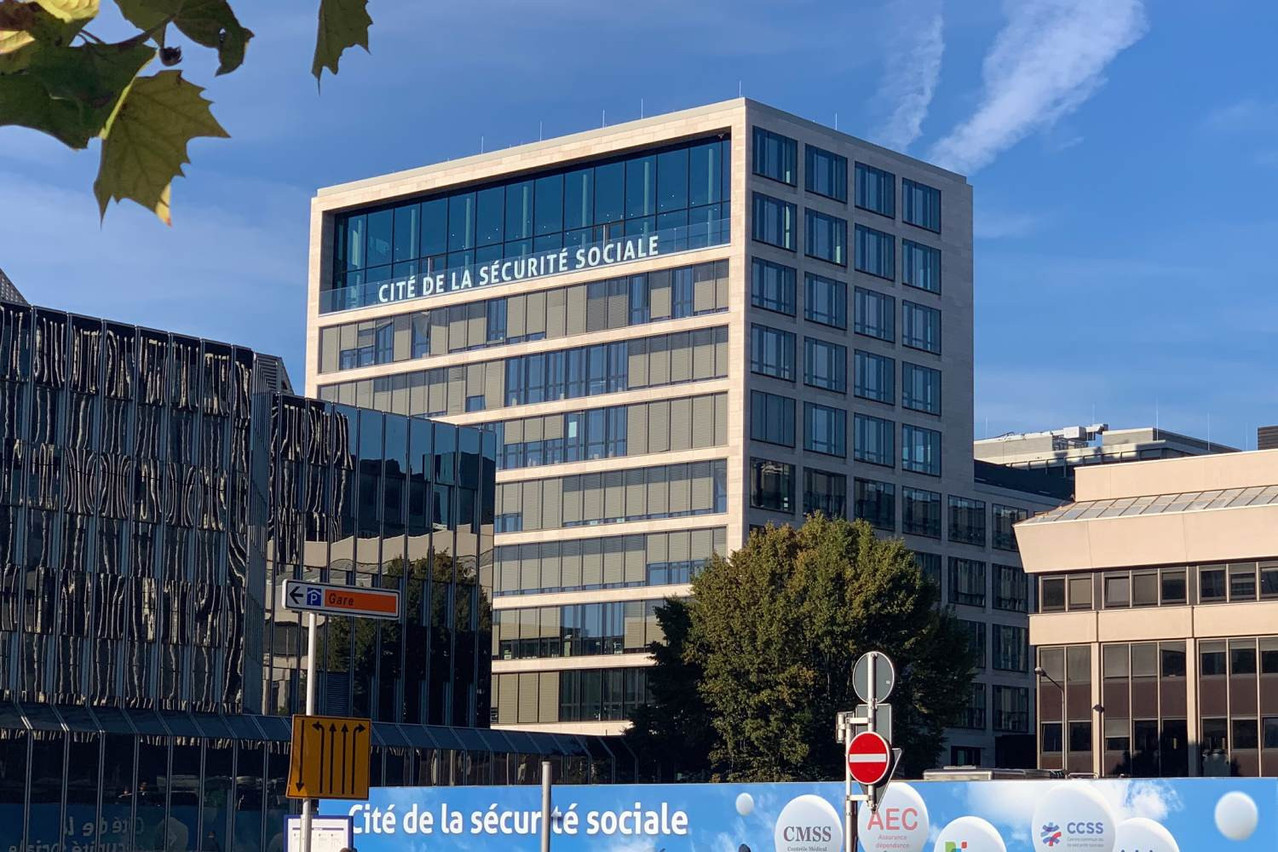Before handing over the keys to the ministry of social security, (LSAP) rallied attendees of an event at the CNS’s new site on rue Mercier with one message: social security is going digital.
Some may remain sceptical about the progress truly made on this front but, judging by the announcements and imminent platform launches, the progress certainly looks real.
On teleworking
Besides a newly translated website (German and English versions are now available alongside French), the Joint Social Security Centre (CCSS) has launched where employers can declare cross-border teleworking hours. Since its launch in mid-July, 300 employers have made some 2,200 declarations involving 1,800 policyholders. Other employers, particularly the larger ones, are waiting for the CCSS’s SECUline platform to go live in the first half of 2024 because on it you can declare teleworking hours for many employees simultaneously.
Worth a reminder: cross-border commuters may be held accountable by the authorities in their country of residence if their “teleworking account” doesn’t match their declaration.
On declaring the hours/wages of household staff
Households employing staff can access information about, among other things, setting up direct debit for social security contributions via on the CCSS website devoted to private households.
On estimations of pensions
A standardised form has been introduced for requesting an estimation of your pension. The National Pensions Insurance Fund (CNAP) processed 14,000 such requests in 2022 and is expecting even more in 2023. The new form is expected to go live this week.
On the use of data by public authorities
The Inspectorate General of Social Security has launched a platform--the Luxembourg Microdata Platform on Labour and Social Protection--to facilitate the work of researchers via an app called Ask4mdp and its internal chat. This will make it possible, for example, to study the reality of long-term unemployment, or the effects of the parental leave reform, while maintaining absolute confidentiality.
On the electronic healthcare record
According to the Agence eSanté, 1.1m electronic healthcare records, aka DSPs--dossiers de soins partagés--are open. (Of these, 714,500 contain no documents, leaving some 400,000 in active use).
On the “SmartDSP”
The Agence eSanté hopes to gain public health insights by extracting data from the DSPs of patients--who remain anonymous throughout the process--with (1) a long-term condition and (2) at least one document in their file. DSP holders must authorise the use of their information in this way before the agency accesses it for this purpose.
The group of patients that fits these parameters, currently 4,000 strong, skews towards older profiles: 65% of the sample is aged 60-95 and just 7% aged 0-40. Still, from this sample, it has already been deduced that ophthalmologists are the most frequently consulted physicians and that Dafalgan is the most popular drug.
Another aim is to set up two “DSP alerts,” one that detects hereditary haemochromatosis and another that detects cystic fibrosis. Early detection could considerably shorten screening times and provide vital answers for patients.
On immediate direct payment (IDP)
For physicians who have opted to take part, the long-awaited launch of IDP is nearing. Those physicians will need software capable of running the process, and can benefit from up to €625 in government aid to get it. “Emed,” made by Maveja, is the first software programme to meet the criteria; BMS Engineering designed the interface connecting Emed to the CNS. It boils down to the following: at the click of a button, the physician will be reimbursed for the national health insurance contribution, leaving the patient to pay (only) the difference.
The minister says that payment from the National Health Insurance will happen instantly, that there will be no bank charges for the transfer and that consequently policyholders will suffer less paperwork and fewer transaction costs. A dedicated page will be added to the CNS website soon.
This article in Paperjam. It has been translated and edited for Delano.
